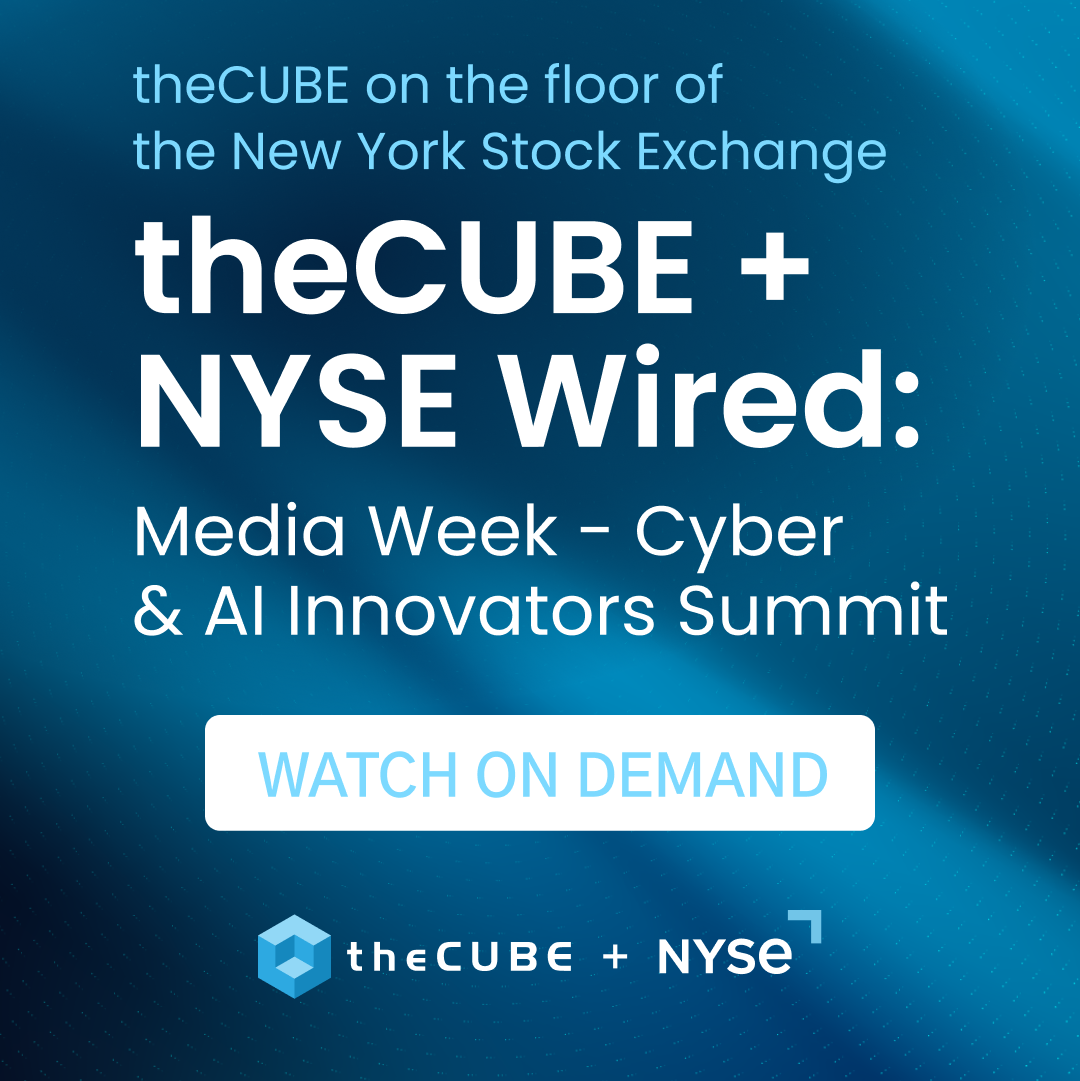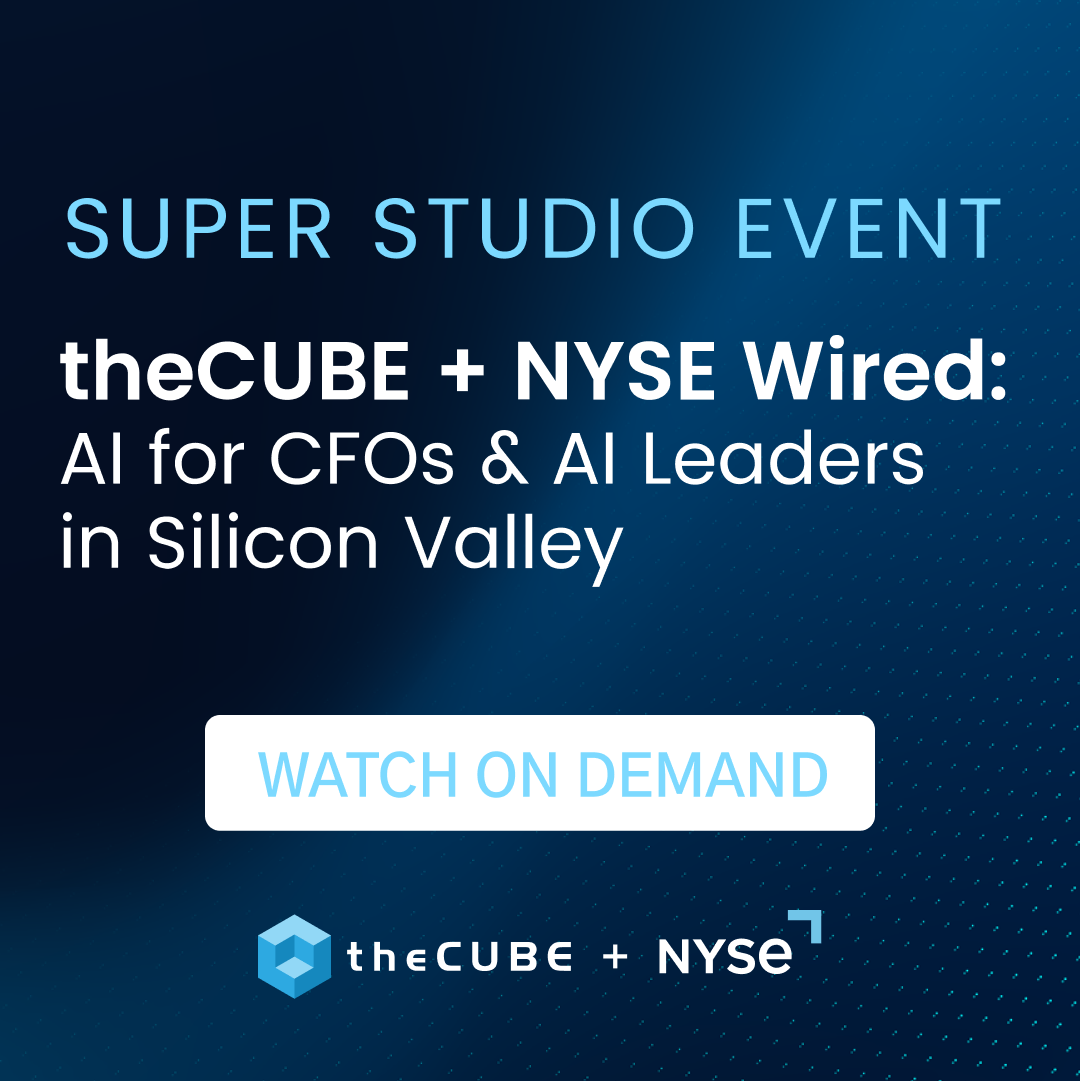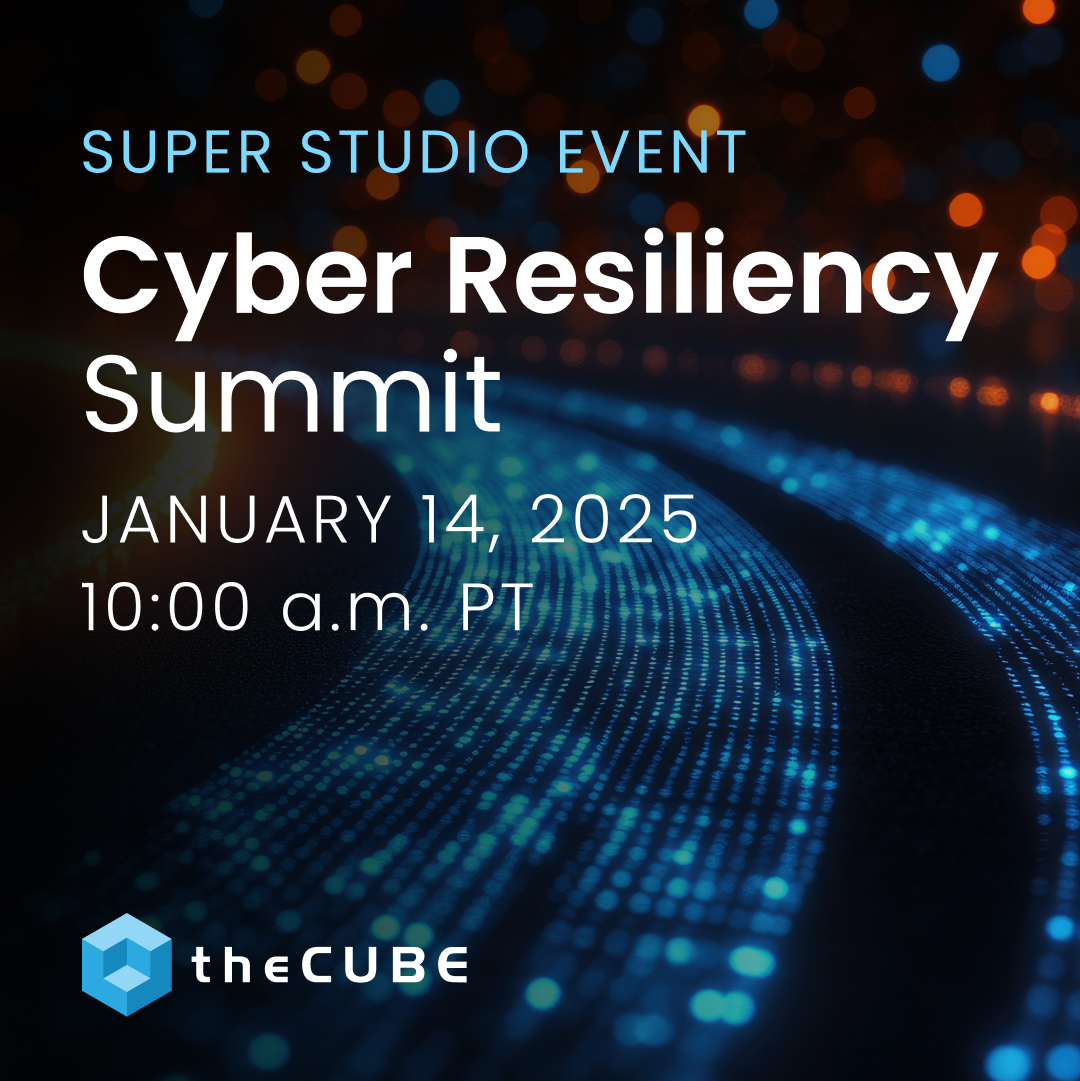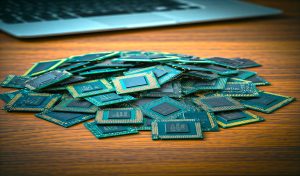Attention enterprise: beware of quasi-open source | #RHSummit
![]() The Moscone Center in San Francisco is the scene of this week’s Red Hat Summit, now in its 10th year. John Furrier and Stu Miniman welcomed the President of Products and Technology for Red Hat, Paul Cormier, to one of the final interviews for Day 1 on SiliconANGLE’s theCUBE.
The Moscone Center in San Francisco is the scene of this week’s Red Hat Summit, now in its 10th year. John Furrier and Stu Miniman welcomed the President of Products and Technology for Red Hat, Paul Cormier, to one of the final interviews for Day 1 on SiliconANGLE’s theCUBE.
The history of Red Hat and the #RHSummit, the future of open source technologies and a caveat for Enterprise consumers were discussed in depth over the interview. Cormier’s perspective, in light of his near 13 years with Red Hat, is one that has seen the inception and development of the entire open source community and movement. The conversation kicked off with his take on the atmosphere inside the Moscone Center.
“I think the reason [this year] is so special is the vibe,” Cormier began. “This is really the first summit where we are seeing that Linux has been the driver of the innovation.” He continued, “On the other hand, there is all this excitement around the open source technologies that are surrounding Linux. There’s a lot of talk about Platform as a Service, Infrastructure as a Service, Cloud, Containers. It’s all driven by Linux but it’s all expanding of where open source is really going within the infrastructure. When [Red Hat] first started, we used to have this vision of the entire infrastructure being open source. We’re here. Think about that.”
Watch the interview in its entirety here:
Seizing on that idea, Furrier pressed Cormier to identify the most significant disruption point produced by Linux and the open source community thus far. “I think when virtualization got integrated in with Linux,” Cormier began, “that was the inflection point.” He claims the impetus behind Linux was, contrary to what many may believe, not initially based on a grand vision or a desire to revolutionize modern compute. “It was purely a commodity play,” he stated. “It was commoditizing the compute layer. And Linux, combined with X86, did that commoditization.” He claims that then laid the groundwork for future R&D and innovation to be done on Linux. “When virtualization hit, you could now spin up an operating system in a matter of seconds. I think that’s really the inflection point when things happened.”
Red Hat has continually adapted their business model to meet new advances in the compute world. They implemented a subscription model to replace their early days of shipping out CD-ROMs. Furrier now wanted to know how their business model would adapt to the advent of the Cloud that can, itself, act as a distribution vehicle.
Containers Helping Apps Get to the Cloud
“Containers is where that next magic happens,” Cormier said. “I look at Containers as a way for the application to seamlessly get to the cloud. The Container is a different packaging paradigm for the application where one can bring in just the right part of the operating system that they would need for that application. The interesting part is,” he continues, “that’s now one object that can be transported electronically wherever the user may want to it to go. It’s a game changer.”
While recent press has heralded Red Hat’s adoption of Containers, Cormier counters those assertions by arguing that, in fact, they have been there since the beginning. His contention is that the creation of Containers is a direct by-product of their early development.
In many of the interviews on theCUBE today, we have learned about Red Hat’s vision of a platform that is able to address and, as a result, merge the four platforms in use today: virtualization, traditional, private, and public Cloud. “People are going to be forced and want to run in those four footprints, but they want to be able to manage it as one.” Cormier mentioned Red Hat is offering just such a management solution with CloudForms.
Addressing the maturation of OpenStack, Cormier claimed the architecture was on a near-identical trajectory as Linux in their early days. “We are doing well in OpenStack,” he claimed, “because we went through it with Linux. It’s going to happen the same way. It’s just going to happen faster.”
Developer and Buyer Beware
As mentioned previously, Cormier issued a dire caveat to both the open source community and to any Enterprise adopters regarding the future of open source. “The biggest thing I worry about is that as open source has become much more mainstream, it’s disrupting a lot of the traditional players. I worry about the traditional players starting to drag open source back into the games of the proprietary world.” And Cormier’s fears are not unfounded. He witnessed UNIX, originally started as an open platform, slowly devolve into several proprietary models that were unable to work together. “We need to protect the open source community from that happening again.”
For the Enterprise, especially with the growing popularity of open source by companies like Oracle, IBM and Microsoft, Cormier cautioned against the potentiality of buying into quasi-open source products that would eventually lead to lock-in. Citing a specific example, Cormier’s main argument for quasi-open source development centered around the logic of having open source only to a certain level and leaving the layers above to be proprietary in nature. “What we want people to think about with those types of companies is, ‘if they’re willing to open up things below the line, why are you not willing to open up things below the line?’”
This year’s Red Hat Summit has had a lot of news and announcements just on Day 1. Furrier asked Cormier to share what he was most excited about and to sum up the summit in the form of a bumper sticker.
Developments both within Red Hat and across the industry are exciting to Cormier. In his company, he states people are starting to see how some of the latest innovations are emanating directly from open source projects and are taking off in a big way. “We have proven to the world we can bring innovation to the market. In one short year, IaaS and PaaS have gone so much further.” Continuing he said, “From the industry perspective, I’m excited about the embrace of open source. When we started, we had to convince people of stability and security. Now it’s just an accepted fact that Linux and open source are on the market.”
The summit has been, according to Cormier, the coming out party where people are seeing that open source is really driving the move into the cloud. “And the bumper sticker? We’ll take your app to the cloud. That should be the bumper sticker coming out of here.”
A message from John Furrier, co-founder of SiliconANGLE:
Your vote of support is important to us and it helps us keep the content FREE.
One click below supports our mission to provide free, deep, and relevant content.
Join our community on YouTube
Join the community that includes more than 15,000 #CubeAlumni experts, including Amazon.com CEO Andy Jassy, Dell Technologies founder and CEO Michael Dell, Intel CEO Pat Gelsinger, and many more luminaries and experts.
THANK YOU













